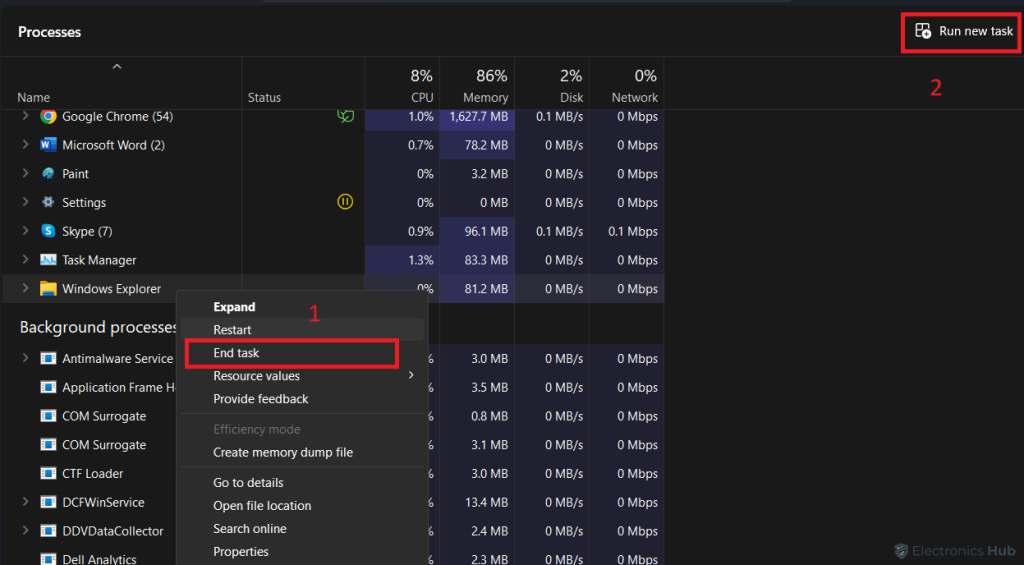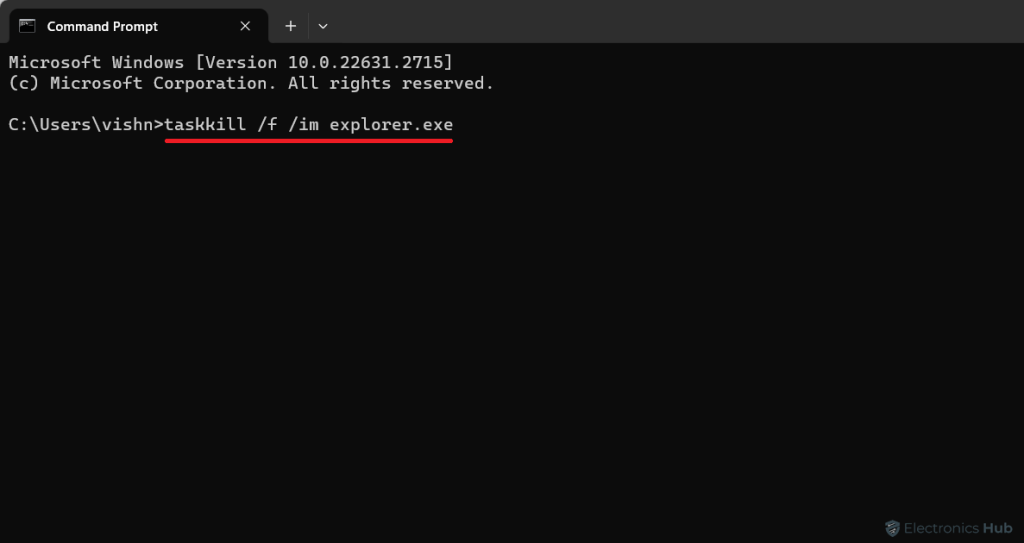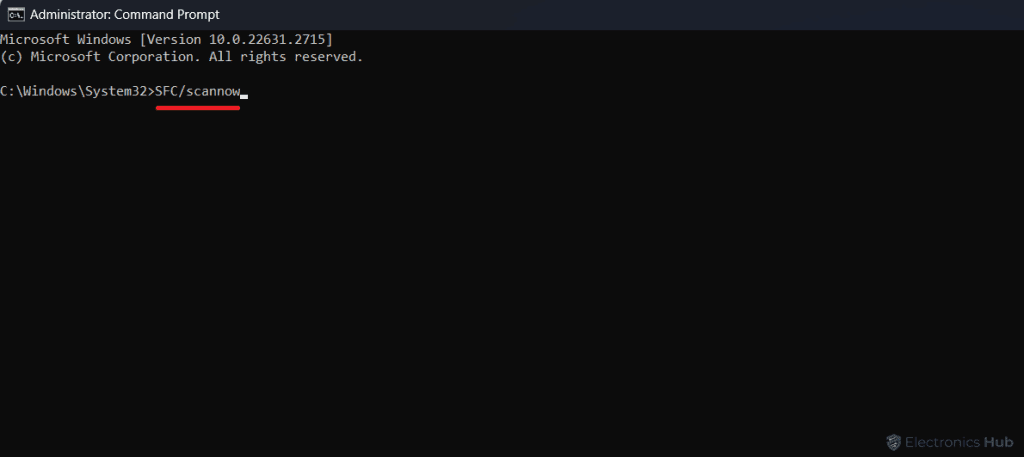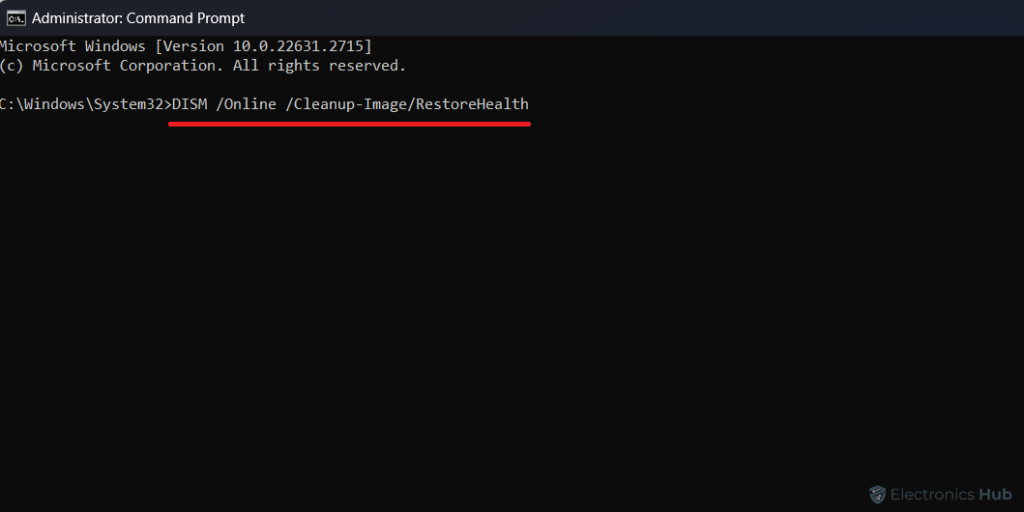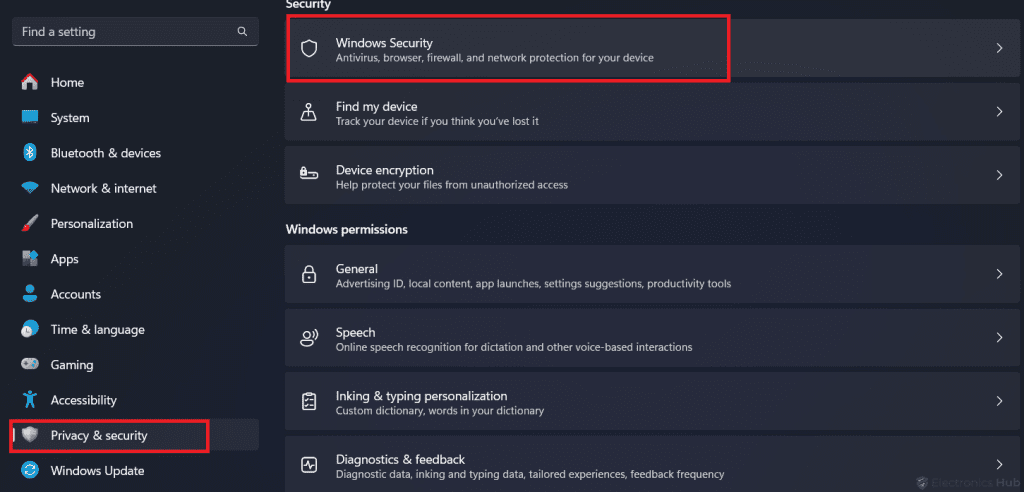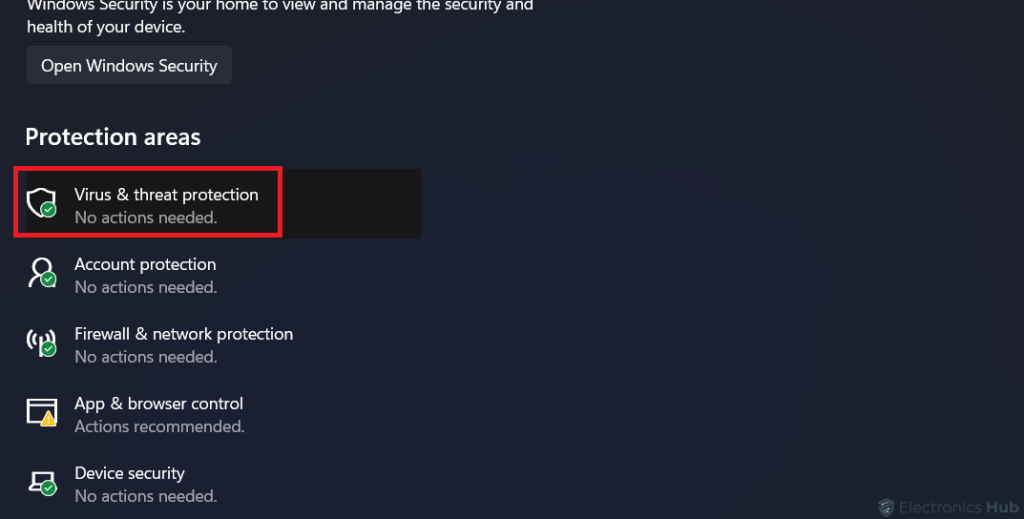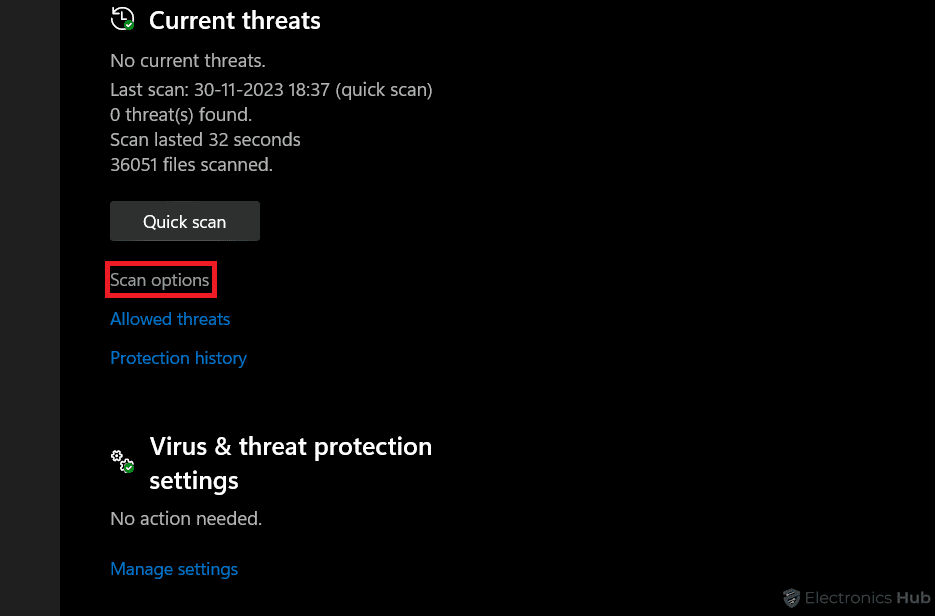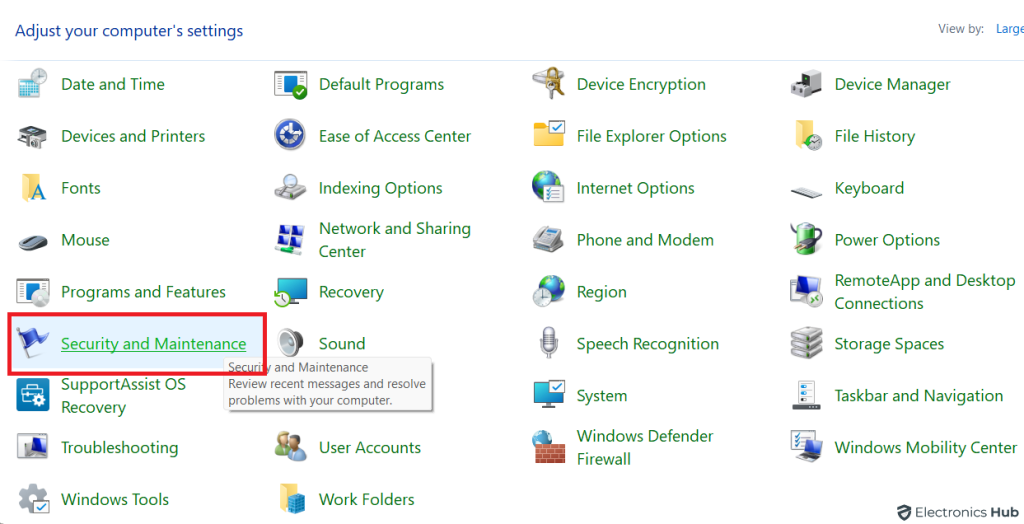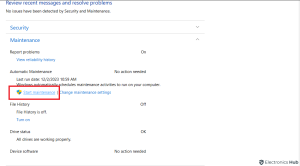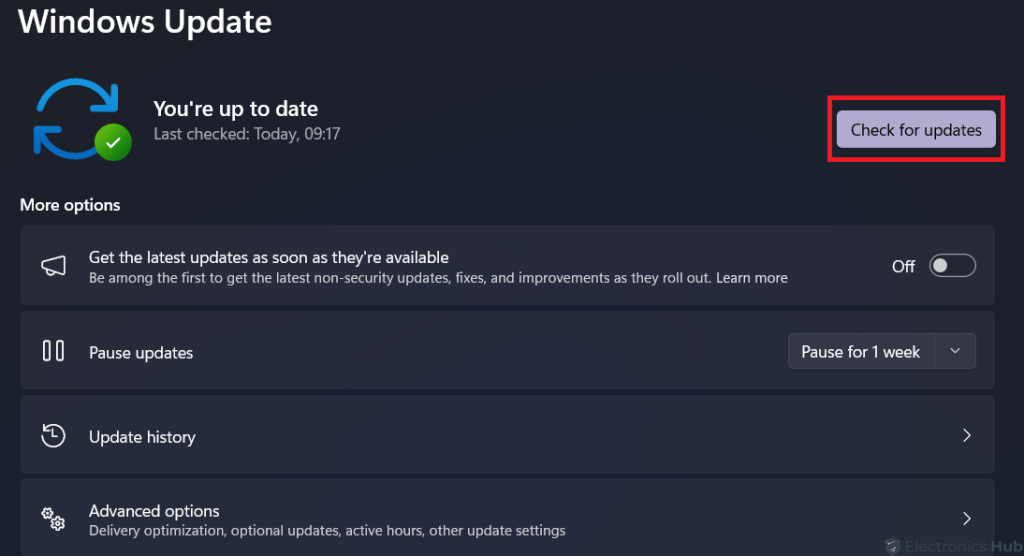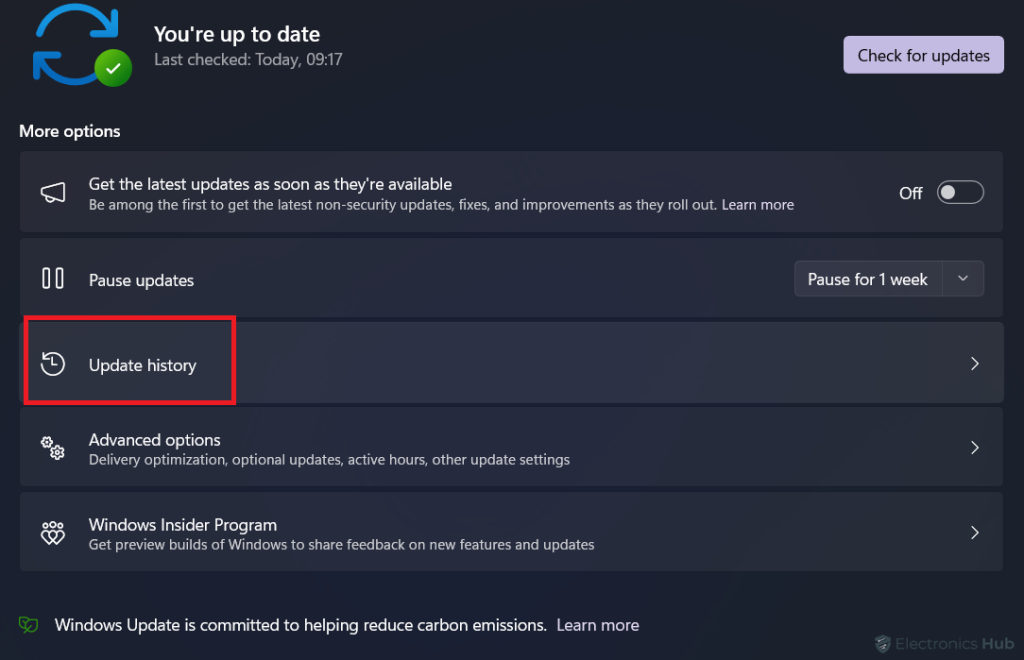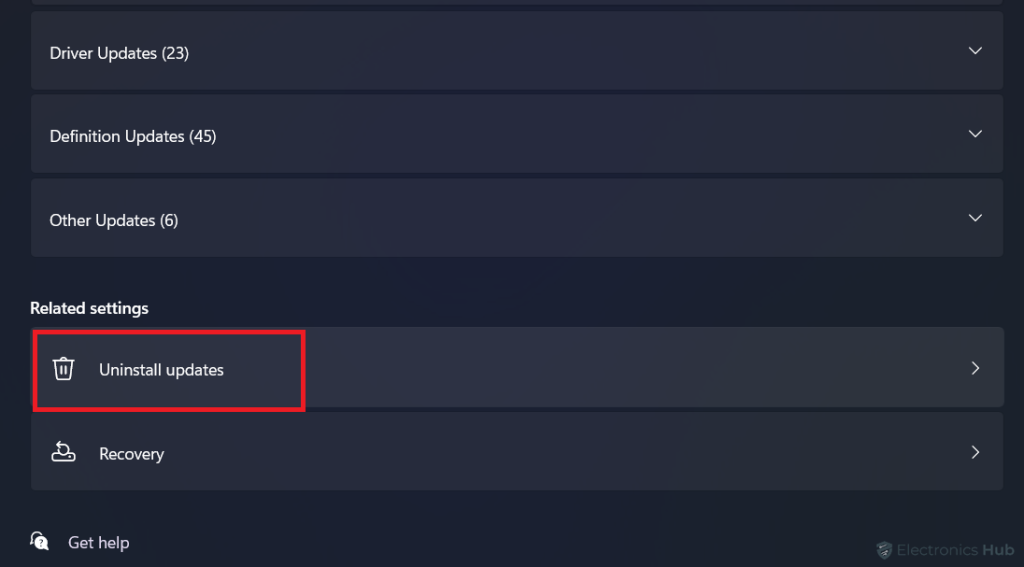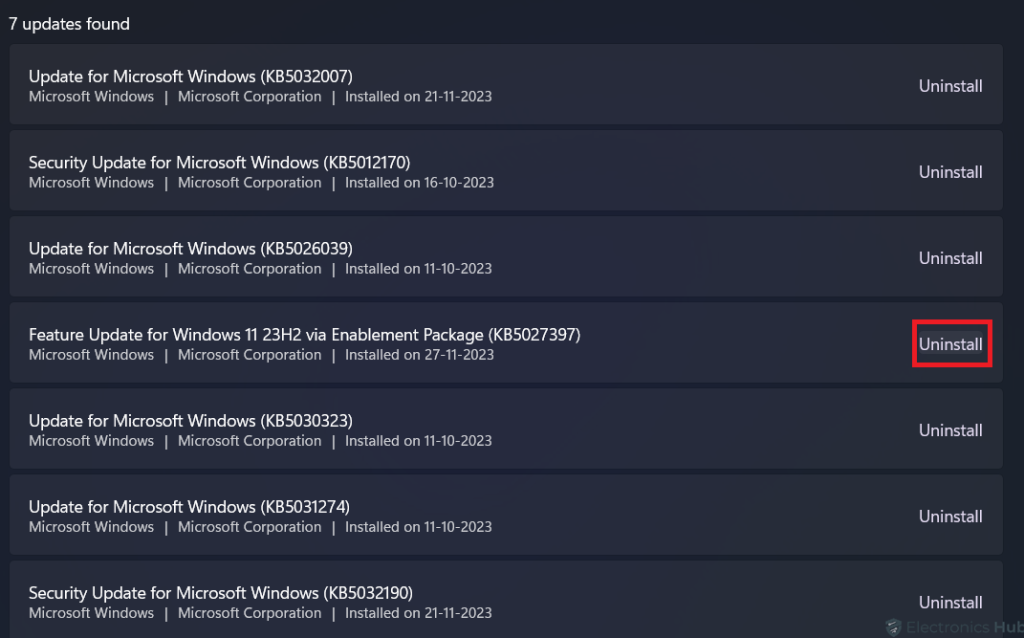If you use a Windows-operated device, you might be aware of File Explorer and its importance. With a simple user interface, it offers access to files along with several modification features. However, the File Explorer sometimes stops responding or suddenly crashes. Can you imagine using a Windows-enabled device without File Explorer? It would be a nightmare to access any type of file stored on your system without a functional File Explorer.
It is not normal for the File Explorer to stop responding or crash since it is the most refined file manager for Windows. Certain factors can affect the working of File Explorer resulting in slow response and freezing. To understand these factors, we will discuss them all in this article. We will also explore various troubleshooting methods to fix issues with the File Explorer.
Also Check:
- What Is “Explorer Class Not Registered” Error Message?
- What is taskeng.exe Popup? Is it Malware?
- How to Fix “0x8007016a Cloud File Provider is Not Running” Error?
Outline
Toggle- Reasons Why Windows File Explorer Is Not Responding
- Troubleshooting Windows File Explorer When Not Responding
- 1. Restarting the File Explorer
- 2. Restarting the File Explorer Via Command Prompt
- 3. Restarting the System
- 4. Changing File Explorer Options
- 5. Using SFC (System File Checker)
- 6. Running DISM Scan
- 7. Scan the System for Virus and Malware
- 8. Using the System Maintenance Tool
- 9. Check for System Updates
- 10. Uninstall the Recent Updates Done to the System
- Windows Explorer Not Responding – FAQs
- Conclusion
Reasons Why Windows File Explorer Is Not Responding
A single or multiple reasons cause the sudden malfunction of the File Explorer. For the majority of times, a software-level issue interferes with the working of the File Explorer. The interruption is not direct but still affects File Explorer and other tools of the Windows system. Some of the popular reasons which cause problems for File Explorer are given below:
- System files missing or corrupt: If your system files are corrupted, the function of File Explorer is affected. The system is unable to return information to the user end. As a result, the File Explorer does not respond to the mouse clicks. Even if the File Explorer opens, it will suddenly close as soon as you try to access a folder.
- Compatibility issues with third-party apps: A third-party software that is not compatible with your system will cause trouble with the functioning of File Explorer. Being incompatible, these apps disrupt the flow of data files. As a result, the File Explorer fails to transfer data related to these apps and freezes.
- Corrupt caches of File Explorer: Caches are an important part of the File Explorer’s functionality. They help in quickly loading the frequently used files. But when these caches are corrupted, the File Explorer fails to fetch the data. As a result, you will notice a lag while loading the File Explorer.
- Graphic drivers outdated: Graphic drivers are equally important for the loading of files on your screen. If they are outdated, the unaddressed bugs interfere with the communication between the File Explorer and data files. Sometimes the data will load at the system level but your display fails to show it due to poor processing of graphical data.
- Virus or malware infection: If your system is infected with virus or malware, the file Explorer is affected the most. The virus or malware affects the working of File Explorer and causes sudden crashes. It is done to immobile the user from taking precautionary steps or prevent them from removing the virus.
- Defective hard drive: The File Explorer is like a door for the hard drive but it cannot perform well when the problem lies with the hard drive. Hard drives are vulnerable to corruption which causes problems at the software level. Physically damaged hard drives can also contribute to the weird behavior of File Explorer.
You might be surprised how all these factors can affect the File Explorer. Now that we have identified the problem, finding a solution will be an easy task.
Troubleshooting Windows File Explorer When Not Responding
If the File Explorer stops responding, you can fix it by doing troubleshooting. This process helps in narrowing down the problem and repairing it. Follow the below-mentioned troubleshooting processes and bring back the functionality of the File Explorer:
1. Restarting the File Explorer
If nothing is going right with something, we tend to restart it right? The same can be done with the File Explorer.
- Launch the task manager by pressing Del+Alt+Ctrl or Shift+Esc+Ctrl keys on the keyboard.
- Under the Processes tab, locate the “Windows Explorer‘ from the list. (Files Explorer is called Windows Explorer in some Windows versions).
- By right-clicking on Windows Explorer, open the sub-menu.
- Click on the restart option.
After following these steps, you have to confirm if it restored the working of File Explorer. If the File Explorer still shows the same issue, you can end it and run a new one.
- Again access the task manager by pressing the Del+Alt+Ctrl or Shift+Esc+Ctrl keys on the keyboard.
- Scroll and locate the Windows Explorer option.
- Right-click on it to open the sub-menu and select the “End Task” option.
- From the menu bar, select File and click on the “Run New Task” option.
- A window will appear with a search field. Enter “explorer.exe” in this search field.
- In the next window, choose the “Create this task with administrative privileges” option.
- After confirming with OK, check if the File Explorer is responding or not.
2. Restarting the File Explorer Via Command Prompt
Command prompt can be used to end and run a new File Manager task.
- Open the apps list by pressing the Windows key.
- Search “cmd” and run it with administrator privilege.
- In the command prompt, type the following command: “taskkill /f /im explorer.exe” and then press the enter key. This command will end the current File Explorer process.
- Again, type the following common: “start explorer.exe” and confirm it with the enter key. The system will restart the File Explorer process.
3. Restarting the System
You can try restarting your system to create a fresh point for File Explorer.
- Close the current window and open the power menu by pressing Alt+F4 keys.
- From the drop-down menu, select the Restart option and press OK.
- The system will perform a quick reboot and bring you back to the home screen.
- You can proceed to check if File Explorer is now responding or not.
4. Changing File Explorer Options
- Press the Windows key and search for File Explorer Options. Click on the first result.
- Under the General tab, tap on the drop-down menu next to the “Open File Explorer to” option.
- From the drop-down menu, change the option to “This PC” and click on Apply.
- Confirm the setting by clicking on OK and closing the window.
- This will open the File Explorer directly to on This PC section, reducing the unresponsive behavior.
5. Using SFC (System File Checker)
We have explained how a corrupted system field can restrict the working of the File Explorer. With SFC, you can check for corrupted system files and fix them.
- Press the Windows key and search for Command Prompt. From the sub-options, select “Run as Administrator”.
- In the Command Prompt, enter the following command: “SFC/scannow” and press enter key.
- The SFC tool will scan corrupted files and fix them automatically.
6. Running DISM Scan
After the SFC scanning process, even if the errors are fixed or not, you should run the DISM Scan. DISM helps in fixing some errors that are not found during the SFC scan.
- Open the Command Prompt and type the following command: “DISM /Online /Cleanup-Image/RestoreHealth” and then press enter key.
- This command will help in restoring the original version of the corrupt files. This will directly help in fixing the problem with File Explorer.
7. Scan the System for Virus and Malware
We know how viruses and malware are notorious for changing the infected system. File Explorer is also affected by malicious agents making it freeze or stop suddenly. You can run a virus scan to detect viruses or malware on the system and then take relevant measures. Fortunately, Windows Defender offers better protection than third-party antivirus tools.
- Access the Windows settings by pressing the Windows and I keys.
- Click on the Privacy and Security option.
- In this section, select the Windows Security option.
- Click on the “Virus & Threat Protection” option.
- From the list, click on the “Scan Options” section.
- Select the “Full Scan” option and confirm the process by pressing the “Scan Now” option.
The Windows Defender will run a deep scan to detect malicious agents. If detected, these viruses or malware will be quarantined and removed from your system.
8. Using the System Maintenance Tool
With the System Maintenance Tool, the system takes corrective steps toward any irregularities with itself.
- Press the Window key and search for Control Panel.
- In the Control Panel, click on the “Security and Maintenance” option.
- Click on Maintenance to expand its section.
- From the various settings, click on the “Start Maintenance” option.
- The System Maintenance tool will perform a maintenance check and take the necessary actions.
9. Check for System Updates
Sometimes, updating the system fixes various problems.
- Open Windows Settings by pressing the Windows and I keys.
- Click on the “Windows Update” section.
- Select the “Check for Updates” option and wait until the system checks for an update.
- If an update is available, download and install it.
- Restart your system after installing the update and check the File Explorer.
10. Uninstall the Recent Updates Done to the System
If the File Explorer is showing problems after installing an update, you can remove it.
- Access the Windows Settings by pressing the Windows and I keys.
- Select the “Windows Update” section.
- Select the Update History to open a list of the recent updates applied to the system.
- To remove the updates, click on the “Uninstall Updates” option.
- A window will open where all the updates are visible. By sorting them according to the installation date, you can uninstall the most recent update.
- By double-clicking the latest update a dialogue box will appear. Click on Yes to confirm the removal of the update.
Windows Explorer Not Responding – FAQs
Ans: Whenever the “Windows Explorer is not responding” message is displayed by the system, it tells us that issues have occurred with the Windows Explorer. This file manager will not open or become unresponsive to your commands. As a result, you cannot do work or access files on your system.
Ans: There are several factors behind an unresponsive File Explorer on Windows 11. You can use the SFC and DISM tools to check and fix the system-level issues. Factors like viruses, outdated drivers, faulty hard disk drives, etc can cause problems for the File Explorer.
Ans: You can take preventative measures to keep the Windows Explorer away from issues. Always keep your system up to date including the drivers. Regularly scan your system for viruses and cautiously install any third-party software. Unnecessary caches should be regularly removed to prevent system-level issues.
Ans: If your system is still having issues with an unresponsive Window Explorer, you can proceed to advanced solutions. Formatting windows and reinstalling it can help in fixing the issue. You can also perform system-level repairs of the Windows to remove bugs and fix the Windows Explorer.
Conclusion
We all know the importance of the File Manager while using Windows-operated devices. This file manager not only allows efficient management of files but also helps in applying modifications to the data files. When File Explorer stops working or becomes unresponsive, your regular work might come to a halt. This article explains the probable reasons which affect the working of File Explorer. It also explores various troubleshooting methods to fix the File Explorer. Use this information to experience a smooth working of the File Explorer.


